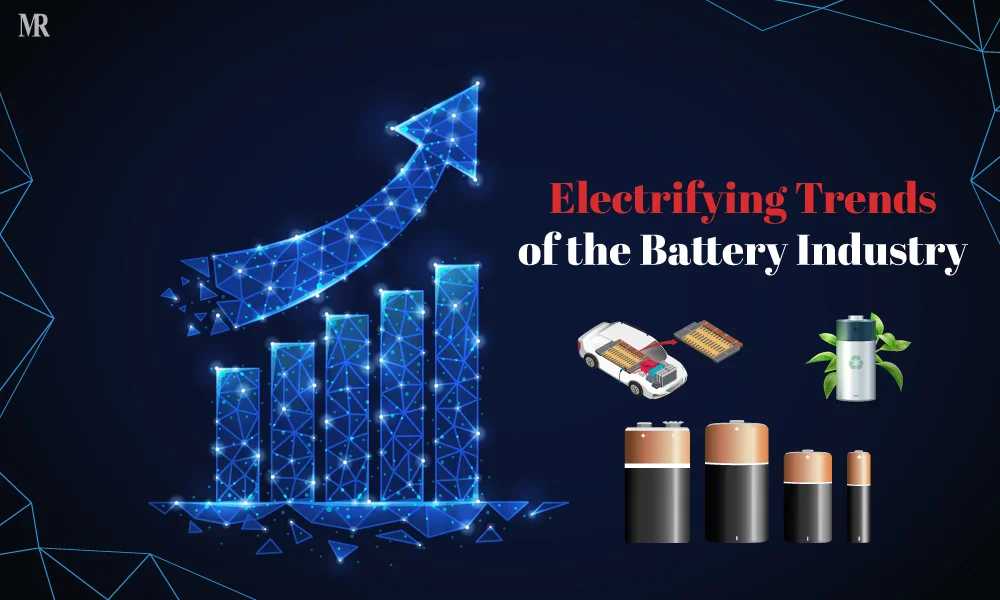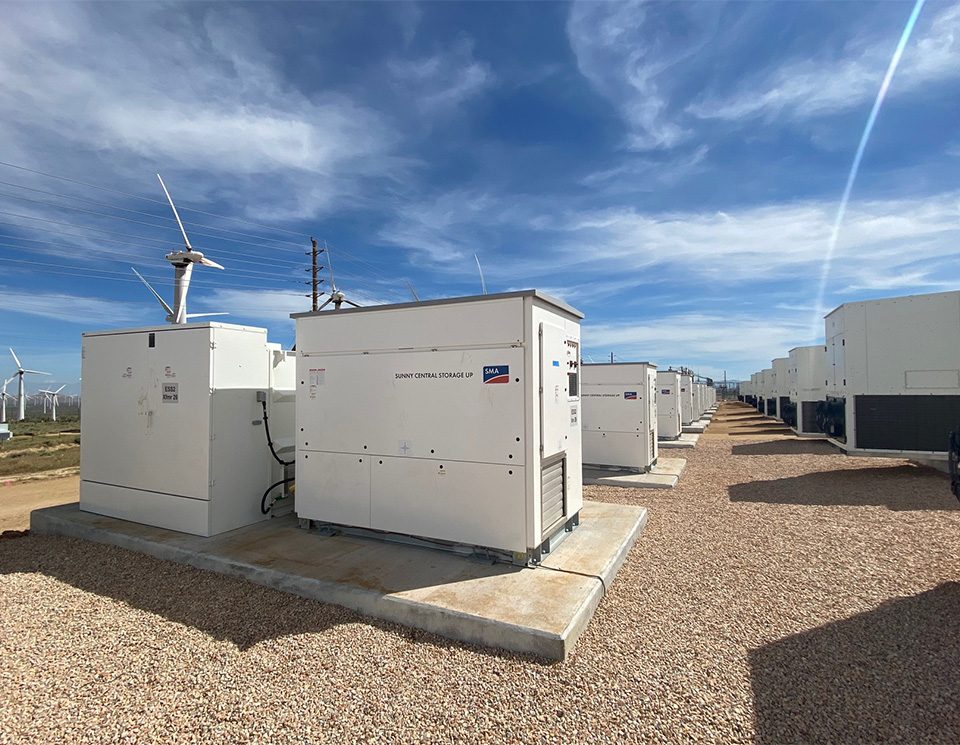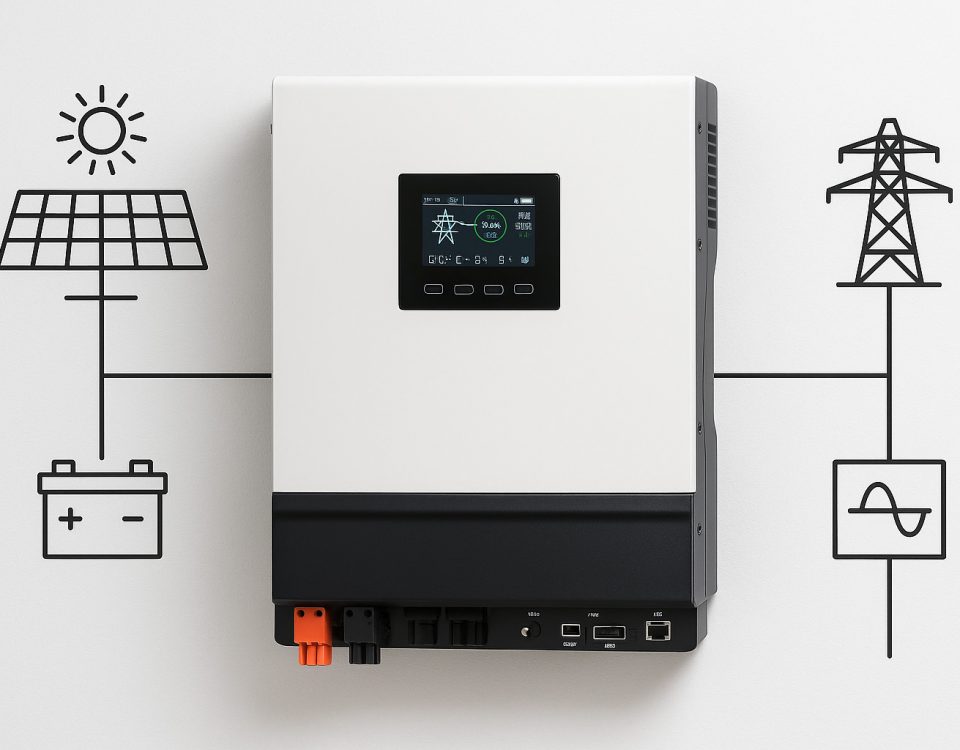As the world increasingly focuses on energy storage solutions, understanding the core technology behind these systems—batteries—is crucial. At RICHYE, we have compiled a detailed and easy-to-follow guide designed to help you grasp the fundamentals of batteries and their applications. By the end of this resource, you’ll have a solid foundation in battery technology and be well on your way to becoming knowledgeable about this vital industry. Enjoy your learning journey!
1. The Battery Landscape
Battery Types and Their Features
Primary Batteries (Single-Use)
- Zinc-Carbon Batteries: These basic batteries are commonly found in everyday items like remote controls and wall clocks. While they are affordable, they have a short lifespan and lower energy density.
Secondary Batteries (Rechargeable)
- Lead-Acid Batteries: Widely used in vehicles and small electric vehicles, lead-acid batteries are cost-effective and reliable. However, they are relatively heavy and offer lower energy density compared to newer technologies.
- Nickel-Cadmium (NiCd) Batteries: Once popular in early mobile phones, NiCd batteries are now largely obsolete due to their environmental impact and memory effect, which reduces their efficiency over time.
- Nickel-Metal Hydride (NiMH) Batteries: These batteries are used in applications needing high discharge currents, such as medical equipment and hybrid vehicles. They are more environmentally friendly and offer better energy density than NiCd batteries.
- Lithium-Ion Batteries: Commonly used in modern electronics, including smartphones and laptops, as well as electric vehicles, lithium-ion batteries provide high energy density and long life without the memory effect seen in NiCd batteries.
Emerging Technologies
- Flow Batteries: Ideal for large-scale energy storage due to their scalable nature, flow batteries use liquid electrolytes separated by a membrane. They are still under development for mobile applications.
Each battery type has specific strengths and weaknesses, making them suitable for different applications across various industries. With technological advancements, newer battery types like solid-state and advanced lithium-based batteries are expected to further enhance performance and safety.
Note: The term “lithium battery” initially referred to primary lithium metal batteries, which are now obsolete due to safety issues. Today, “lithium batteries” typically refers to lithium-ion batteries. Examples include the AA and AAA dry cells used daily, early mobile phones with NiMH batteries, and the lithium-ion batteries prevalent in modern smartphones, laptops, and electric vehicles.
2. Key Battery Terminology
SOX: State Of X
- H (Health): Indicates the overall condition of the battery.
- C (Capacity): Refers to the battery's total energy storage capability.
- P (Power): Denotes the battery’s ability to deliver energy quickly.
- E (Energy): Represents the energy content of the battery.
SOC (State of Charge): This term describes how much charge a battery holds at any given time, from 0 (fully discharged) to 1 (fully charged), similar to measuring the water level in a bucket.
DOD (Depth of Discharge): Indicates the proportion of the battery’s capacity that has been used. A fully charged battery has a DOD of 0, while a completely discharged battery has a DOD of 1. The relationship between DOD and SOC is expressed as: DOD + SOC = 1.
3. Lithium-Ion Battery Classifications
By Performance:
- Power Type: Designed for high power output over short periods.
- Energy Type: Optimized for longer-term energy storage.
By Physical Form:
- Cylindrical: Standard cylindrical shape.
- Prismatic (Steel/Aluminum Casing): Rectangular or square shape with metal casings.
- Pouch (Aluminum Plastic Film): Flexible, lightweight film casing.
By Electrolyte Material:
- Liquid Lithium-Ion Battery (LIB): Uses liquid electrolytes for power applications.
- Polymer Lithium-Ion Battery (PLB): Utilizes solid or gel-like polymer electrolytes.
By Cathode Material:
- Lithium Iron Phosphate (LFP): Known for safety and longevity.
- Lithium Cobalt Oxide (LCO): Offers high energy density but shorter lifespan.
- Lithium Manganese Oxide (LMO): Balances power and capacity.
- Binary and Ternary Batteries: Includes variations like LiNiMnO2, LiNiCoO2, NCM, and NCA.
By Anode Material:
- Lithium Titanate (LTO): Noted for rapid charging and high cycle stability.
- Graphene and Nano-Carbon Fiber Batteries: Use advanced materials to improve conductivity and capacity.
18650 Battery: The 18650 is a standardized lithium-ion battery model, with ‘18’ denoting a diameter of 18mm and ‘65’ a length of 65mm. It typically comes in lithium-ion and lithium iron phosphate (LiFePO4) variants, with varying capacities and voltages. Its standardization ensures reliability and safety, with improvements over time to prevent potential hazards.
4. Lithium-Ion Battery Voltage and Capacity
Lithium-ion battery voltage varies with discharge current, temperature, and electrode materials. The voltage changes during charging and discharging, but the average voltage of 3.7V is commonly used. Advances in materials have led to variations in nominal voltages and capacities, optimizing performance for different applications.
5. Why Choose Lithium-Ion Batteries?
Lightweight: Lithium-ion batteries have a higher energy density (200-260 Wh/kg) compared to lead-acid and NiMH batteries, making them significantly lighter for the same capacity.
Fast Charging: Lithium-ion batteries can be fully charged in about 3 hours, much quicker than NiMH batteries.
No Memory Effect: Unlike NiMH batteries, lithium-ion batteries do not suffer from memory effect, maintaining their capacity without needing extensive charge-discharge cycles.
Environmentally Friendly: Compared to lead-acid batteries, lithium batteries are less polluting and have better recycling options.
6. Safety Considerations for Lithium Batteries
Despite their advantages, lithium batteries pose safety risks due to the highly reactive nature of lithium. Issues like thermal runaway—caused by overcharging, overheating, or physical damage—can lead to dangerous reactions. Improved safety designs and protocols are crucial to mitigating these risks.
Thermal Runaway: Can be triggered by mechanical, electrical, or thermal abuse, leading to excessive heat and potential safety hazards.
7. Applications and Future Prospects
Applications:
- Electric Vehicles (EVs): Lithium-ion batteries are crucial for powering electric cars, offering high energy density and longevity.
- Renewable Energy Storage: Used to store energy from intermittent sources like solar and wind.
- Consumer Electronics: Essential for devices such as smartphones, laptops, and tablets.
- Aerospace and Defense: Provide energy for satellites, spacecraft, and military equipment.
- Medical Devices: Power critical devices like pacemakers and portable diagnostic tools.
Advancements:
- Solid-State Batteries: Offer enhanced safety and energy density with solid electrolytes.
- Lithium-Sulfur Batteries: Aim for higher energy density, with ongoing research addressing current limitations.
- Recycling Technologies: Improving efficiency in recovering valuable materials from used batteries.
Future Directions:
- Utility-Scale Storage: Increasing use in grid storage as costs decrease.
- Enhanced Safety Features: Ongoing innovations to reduce risks associated with lithium batteries.
- Global Supply Chain Improvements: Efforts to ensure a stable and sustainable supply of critical materials.
This guide aims to provide a thorough understanding of battery technologies and their evolving landscape. At RICHYE, we are committed to helping you navigate and leverage the advancements in battery technology for a more sustainable future.




